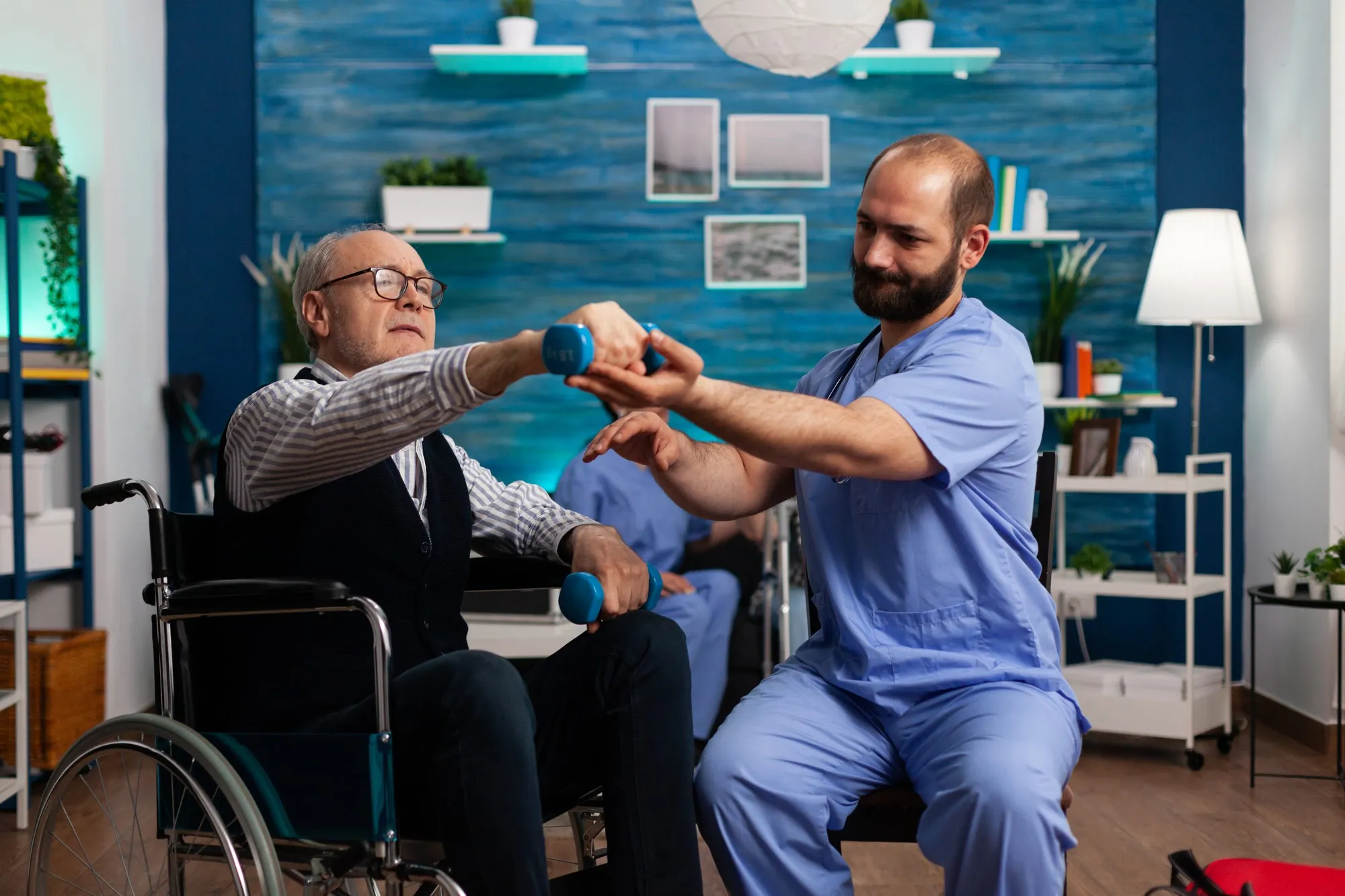Introduction
Cerebrovascular accidents or strokes pose a significant threat to an individual’s quality of life (QoL), with long-lasting effects that influence physical, emotional, and social functioning. A study recently published in the ‘Journal of the National Medical Association’ provides a detailed analysis of the QoL changes within three months after a stroke incident amongst patients in the city of Arak, Iran. The profound effect of stroke on QoL underscores the need for more comprehensive healthcare interventions, particularly in diverse societies where healthcare resource availability and accessibility can vary widely.
Keywords
1. Stroke recovery in Iran
2. Quality of Life after stroke
3. Stroke Impact Scale
4. Stroke rehabilitation
5. Hypertension and stroke outcome
Strokes are a major health challenge worldwide, with the potential to cause significant impairment in an individual’s quality of life (QoL). The city of Arak in Iran, like many urban centers, faces the daunting task of providing effective care and rehabilitation services to those affected by strokes. A groundbreaking study conducted in Arak provides new insights into post-stroke recovery trends, with particular emphasis on the factors that influence QoL after a stroke in the Iranian population.
The study, published in the ‘Journal of the National Medical Association,’ focused on 172 patients admitted to the Stroke Unit of Amiralmomenin Hospital. All patients were evaluated using the Stroke Impact Scale (SIS-16) at three different time-points following their stroke events to ascertain changes in their QoL.
Initial results revealed a significant decline in QoL during the first month post-stroke, which, while showing improvement over the next two months, did not return to pre-stroke levels. The metrics employed in the study, including repeated measures analysis of variance (ANOVA) followed by the Bonferroni method and marginal models with generalized estimating equations (GEE), shed light on the intricate relationship between patient demographics, stroke severity, and subsequent QoL.
It became evident that older individuals, those presenting with high National Institutes of Health Stroke Scale (NIHSS) scores, as well as patients with a history of hypertension, lesions on the right side of the brain, and previous strokes, faced poorer QoL outcomes. Contrary to expectations, gender, level of education, job status, and income did not significantly influence post-stroke QoL, pointing to physiological and medical factors as prime determinants in the recovery trajectory.
The findings of the study denote substantial repercussions, especially for healthcare providers and policy makers. For instance, healthcare strategies that incorporate specialized interventions for older patients or those with heightened severity of stroke symptoms could potentially lead to better post-stroke QoL outcomes. The apparent immunity of QoL to socio-economic factors suggests a universal need for such targeted medical interventions, aimed at stroke survivors who are most at risk.
While the study presents its findings with a clear degree of confidence, it is constrained by its geographical and cultural context, as well as its limited assessment period of only three months post-stroke. Nonetheless, it serves as an essential indicator of the course of recovery that healthcare professionals can expect and plan for in similar patient populations.
To put the significance of this research into a global context, continuity in stroke care – from the early, acute phase to long-term rehabilitation – remains a challenge in most countries. The resulting data can be leveraged to optimize rehabilitation pathways, better allocate healthcare resources, and educate both patients and caregivers on the factors impacting recovery.
In conclusion, the study published in the ‘Journal of the National Medical Association’ provides fresh and crucial insights into the variables that affect post-stroke QoL, particularly highlighting the resilience of individuals’ socio-economic status in facing the profound physical and cognitive challenges subsequent to a stroke. The findings underscore the pertinence of patient-specific healthcare interventions and hint at new directions in stroke rehabilitation research, affording those affected a realistic glimpse at the road to recovery.
DOI Information:
10.1016/j.jnma.2019.03.007
5 References:
1. Salehi, S. S., Tahan, N., Bagheban, A. A., & Monfared, M. E. (2019). Quality of Life Within Three Months After Stroke: A Study in the City of Arak, Iran. Journal of the National Medical Association, 111(5), 475-480. doi: 10.1016/j.jnma.2019.03.007
2. Stroke Unit Trialists Collaboration. (2013). Organised inpatient (stroke unit) care for stroke. Cochrane Database of Systematic Reviews, (9). doi: 10.1002/14651858.CD000197.pub3
3. Hackett, M. L., Pickles, K. (2014). Part I: frequency of depression after stroke: an updated systematic review and meta-analysis of observational studies. International Journal of Stroke, 9(8), 1017-1025. doi: 10.1111/ijs.12357
4. Winstein, C. J., Stein, J., Arena, R., et al. (2016). Guidelines for Adult Stroke Rehabilitation and Recovery: A Guideline for Healthcare Professionals From the American Heart Association/American Stroke Association. Stroke, 47(6), e98-e169. doi: 10.1161/STR.0000000000000098
5. Ayerbe, L., Ayis, S., Wolfe, C. D. A., & Rudd, A. G. (2013). Natural history, predictors and outcomes of depression after stroke: systematic review and meta-analysis. British Journal of Psychiatry, 202(1), 14-21. doi: 10.1192/bjp.bp.111.107664
